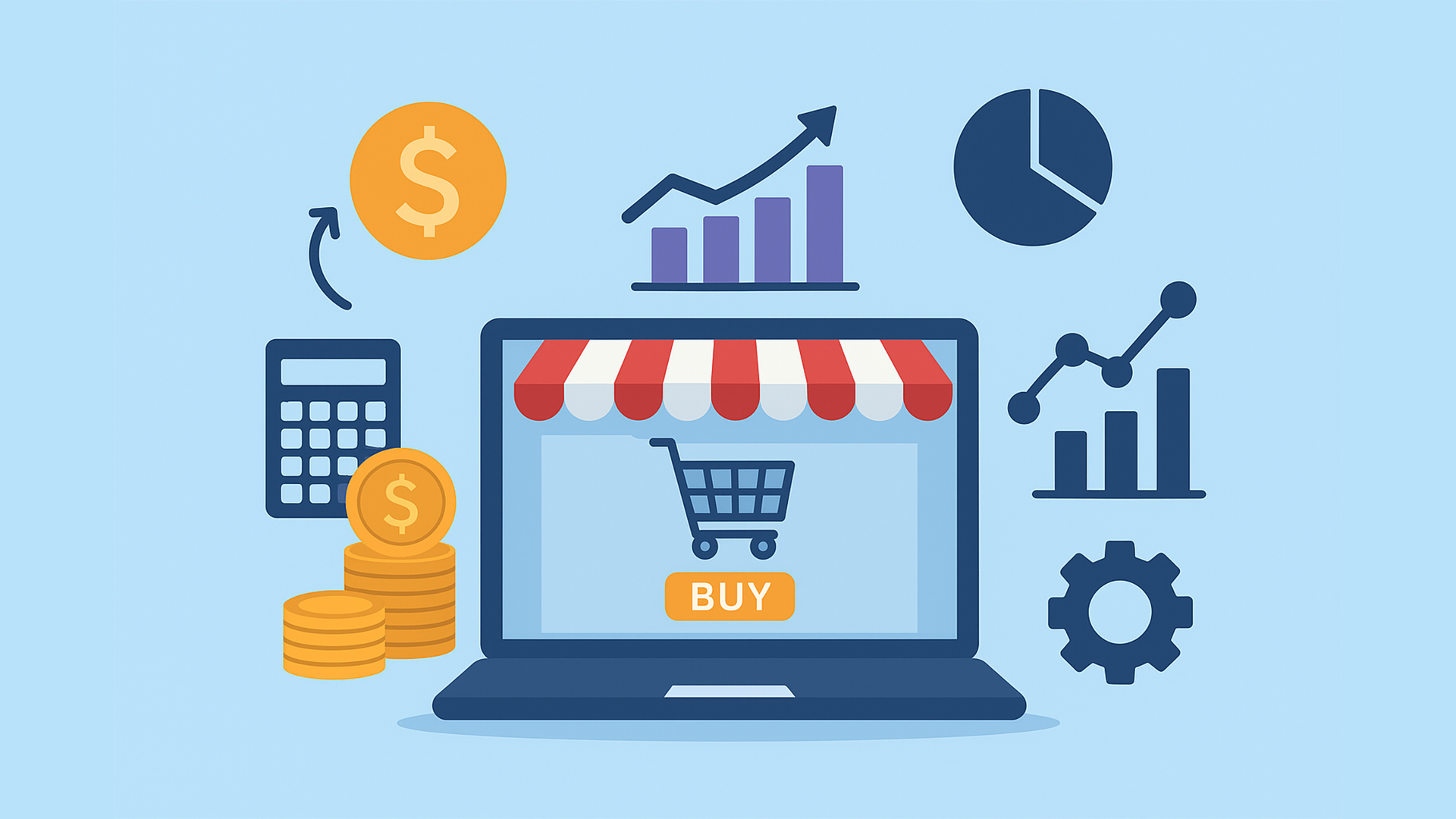Data analysis in ecommerce: from information to strategic growth

Ecommerce generates an unprecedented volume of data: clicks, abandoned carts, delivery times, purchase costs, returns and customer lifetime value. However, not all digital businesses know turn that information into financial and strategic decisions.
For an ecommerce owner or a CFO, data analysis isn't just an operational topic, it's a critical tool for optimization of profitability and scalability.
1. From isolated metrics to integrated indicators
Measuring total sales is no longer enough. The real value is in crossing information:
- Revenue by channel vs. acquisition cost in each one.
- Gross margin by category vs. return rate.
- Average ticket vs. customer lifetime value (LTV).
This approach makes it possible to identify which areas of the business generate utility and which consume resources without adding value.
2. Predictive analysis for financial planning
Purchasing patterns can anticipate peaks in demand and inventory needs.
A model of forecasting based on historical data and external variables (seasons, market trends, marketing campaigns) help to plan:
- Cash flows.
- Investments in inventory.
- Funding strategies.
Thus, financial decisions cease to be reactive and become proactive.
3. Advanced customer segmentation and profitability
Data analysis makes it possible to classify customers by their real profitability.
- Identify segments with high LTV and low CAC.
- Detect unprofitable customers with a high frequency of returns or complaints.
- Adjust dynamic pricing and promotions according to behavior.
A digital CFO must look beyond sales volume and evaluate Which customers drive EBITDA.
4. BI tools and executive dashboards
The adoption of Business Intelligence it is essential to move from descriptive reports to strategic analysis. A good ecommerce dashboard should include:
- Sales and gross margin by channel.
- CAC vs. Real-time LTV.
- Inventory turnover and storage cost.
- Financial impact of returns and promotions.
The goal is not to accumulate dashboards, but to have a management control system that allows evidence-based decisions to be made.
5. Data Governance and Trust in Information
Analysis is only valuable if the data is reliable. Implement processes of data governance (cleanliness, security, traceability) ensures that financial decisions are based on solid information.
Conclusion
Data analysis is the bridge between digital world of ecommerce And the corporate financial strategy. Transforming information into decisions makes it possible to optimize margins, reduce risks and scale in a sustainable way.
In the future of e-commerce, the winners will not be those who have the most data, but those who know read them, understand them and apply them to your financial strategy.
Contact us to discuss how our team
can boost your digital commerce.
Notas Relacionadas

We build trust with every line of code: our path to ISO 27001:2022 certification
15/8/2025
Business Development
The Product Owner as a Strategic Link Between Business and Technology in eCommerce
3/6/2025
Business Development
Checklist for launching an eCommerce store: Everything you need before you start
15/5/2025
Business Development
Assertive Communication Between Agile Teams: Fostering Collaboration and Success
10/10/2024
Business Development
Introduction to Microfrontends: Decomposing the Complexity of Web Applications
17/7/2024
Business Development
Optimizing SUCCESS: The Importance of Performance Monitoring and Analysis in eCommerce Platforms
17/4/2024
Business Development
How to Create a Successful Business Case for the Migration of Your E-Commerce Platform
11/3/2024
Business Development
Agile Methodology: An Approach That Reduces the “Pain” of an Implementation
7/2/2024
Business DevelopmentContact us to discuss how our team
can boost your digital commerce.




















